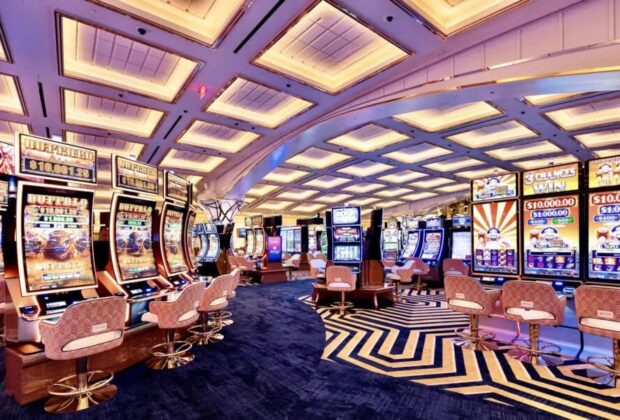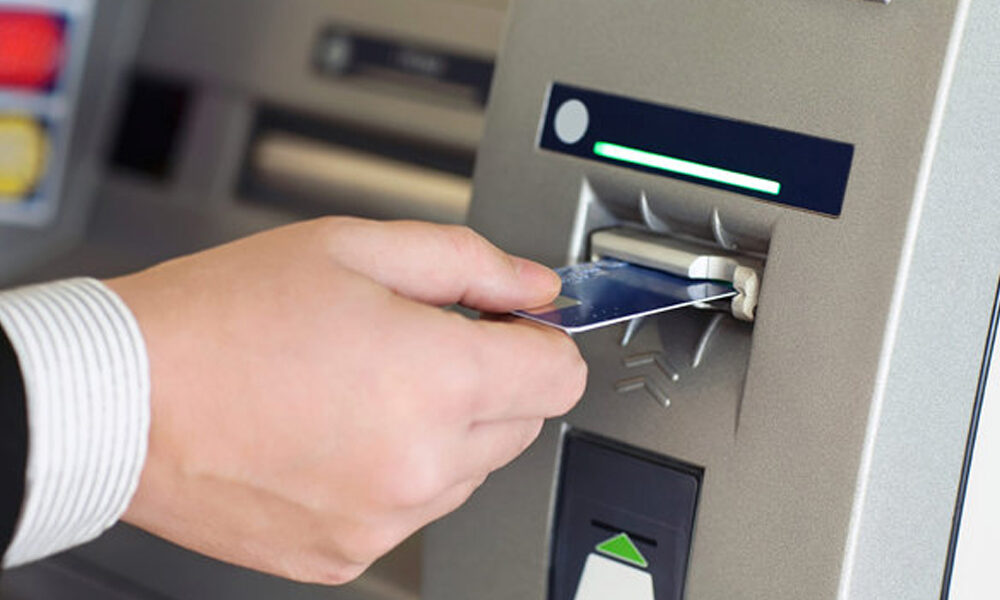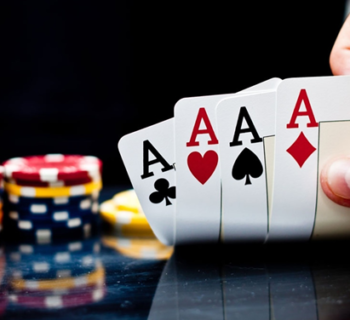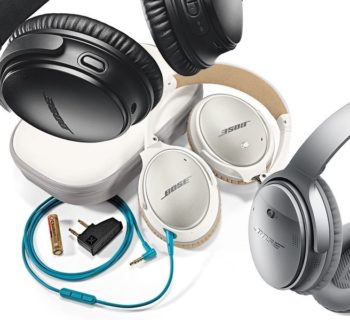Modern slot players expect more personalization than one size fits all. Customizing game features to match preferences raises enjoyment through tailored gameplay and psychological ownership. As slots evolve beyond standardized spinning reels, understanding customization’s role is key to designing captivating experiences that feel uniquely yours.
What can players customize?
- Several facets juno168 of slots lend themselves to customization even before considering themes. From functionality to aesthetics, options span surface-level tweaks to deeper mechanic changes impacting volatility.
- At their most basic, players toggle sounds on/off and adjust the volume. Music heightens immersion for some while others may prefer muting distraction. Similarly, display settings modify speed or animation levels if faster rounds better match the play style.
- Position and opacity settings for screen elements also allow moving clutter or maximizing views of reels. Whether centralized bets suit focus or minimized modules prevent obstruction, configurable layouts grant control.
- More extensively, bet structuring through selections like coin value, payline, and bet level combinations facilitates strategic money management. Presets enable one-click choices while manual changing gives precision.
- Even auto-play for automated games offers personalization around when to stop – after set rounds, wins, cash increases, or losses. In addition, triggered jackpots have customizable probability rates to fine-tune big win potential.
Theming enables self-expression
But perhaps most impactful, visual and audio theming immerse through personalized universes. Players project identity by styling slots into unique machines. Theming affords self-expression, be it through favorite color schemes, music genres, or pop culture. Comic fans might clad games in Superman decals and audio clips while streamlined Scandinavian wood textures suit minimalists.
Custom art assets, icons, fonts, and background visualizers similarly help brand games as one’s own. Uploading personal images to slot faceplates also synthesizes real-world identity into the virtual. Advanced customizers also tweak advanced logic by modifying features’ contributive weight to game volatility or modifying how bonus triggers behave. This ability to not just resin but functionally remodel games to play unpredictably or less volatile unlocks greater individualized experiences.
Structural personalization likewise engenders effectiveness when users tailor functionality to needs. Optimized usability translates into a willingness to spend longer on sites. Consequently, duration and retention metrics which encourage monetization improve. Appealing to preferences additionally signals to players their priorities matter. It communicates their say and impacts game direction through non-superficial decisions. This further dignifies time invested heightening emotional durability against boredom.
Pitfalls to avoid when implementing customization
Granting personalization seems straightforward but comes with pitfalls if improperly executed. Choice fatigue from overbearing options overwhelms more than liberates. Over customization also risks complexifying systems decreasing usability. They are optimal gamification empowers creativity without overwhelming it through narrowed-down selectivity. Graphic designers simplify starting templates into color/style palettes for thematically unified looks rather than haphazard mishmashes.
Yet designers should also avoid restricting expression through limited choices or canned cliches. Masking artificiality under hollow custom skins frustrates rather than enriches. For instance, restrictive color filters over the same base visuals limit rather than expand autonomy. Performance provides another consideration lest custom assets bloat storage. Streamlined elements through constrained file types retain speed while permitting tiered feature sets to balance utility for casual against advanced customizers.




















